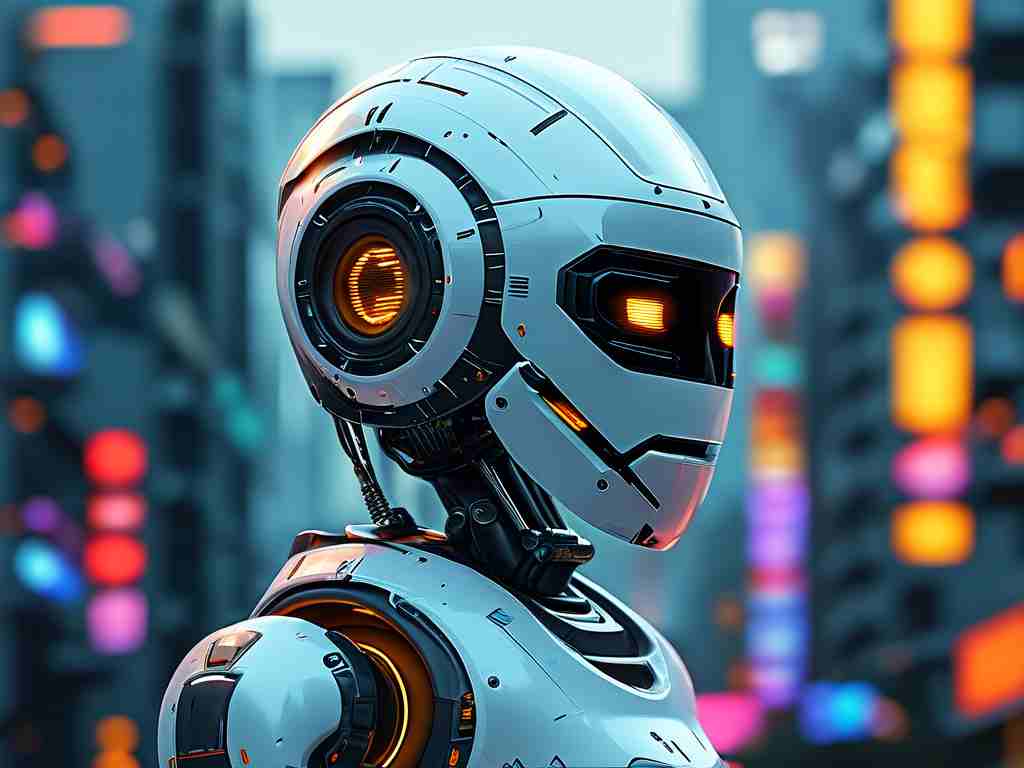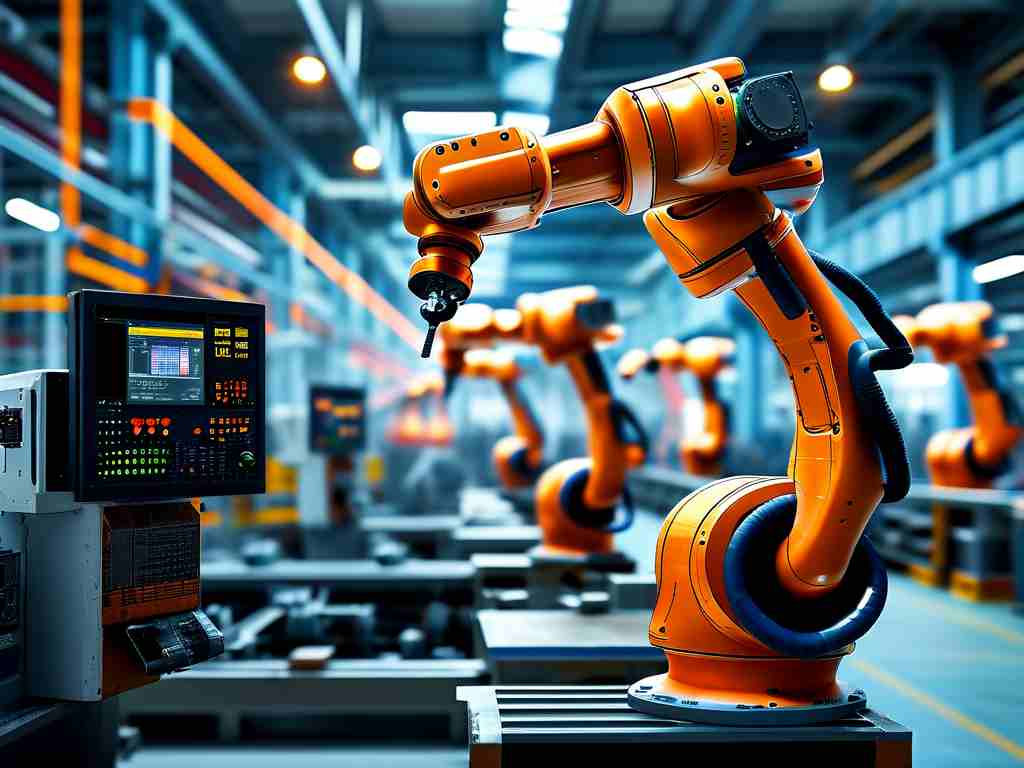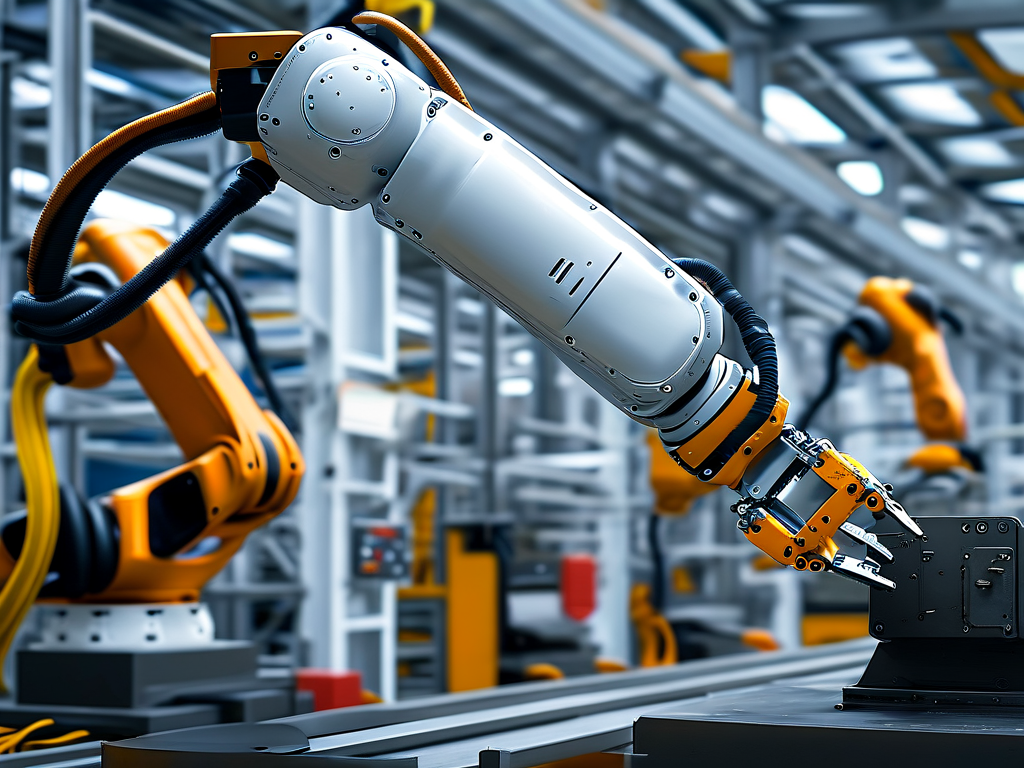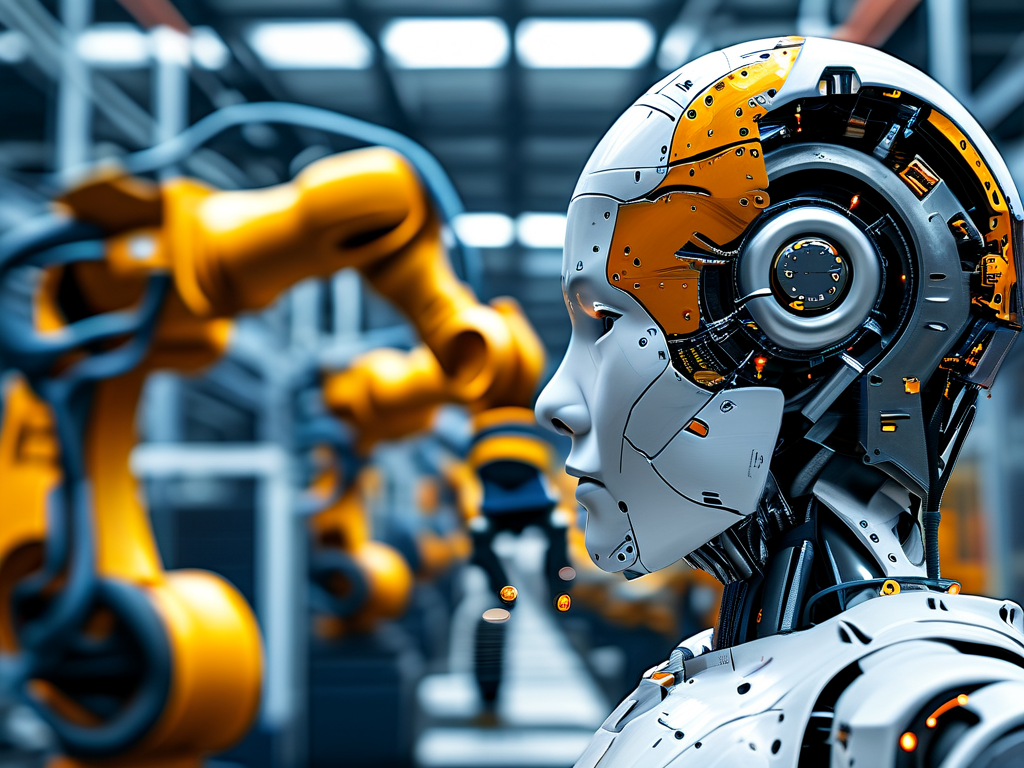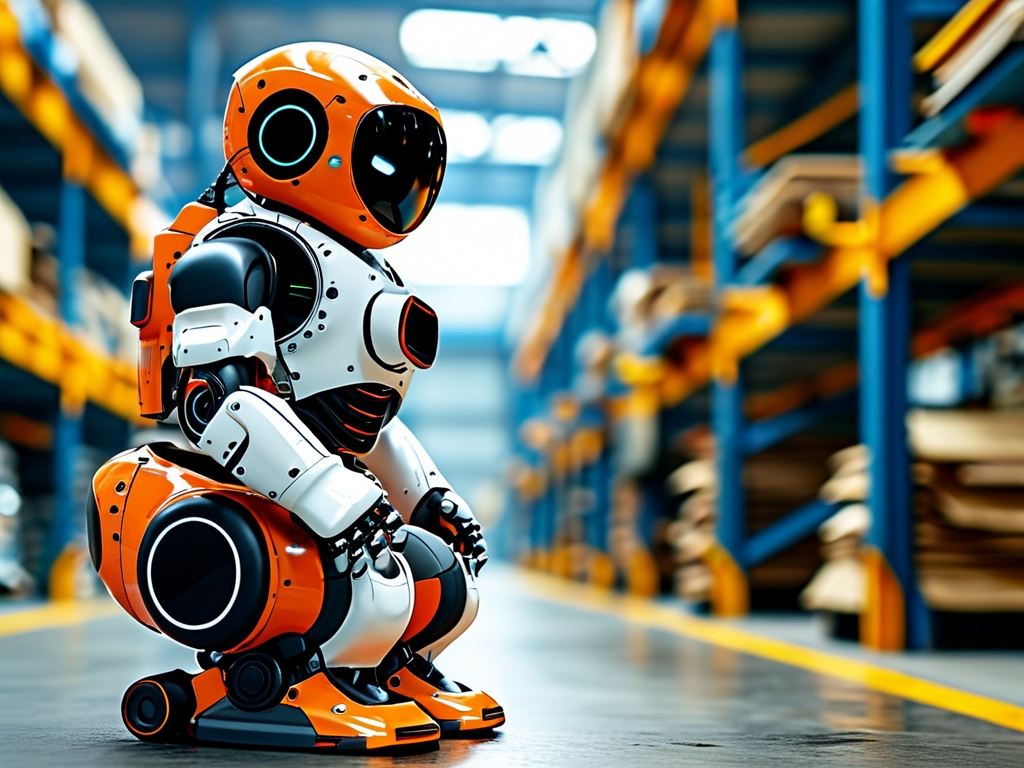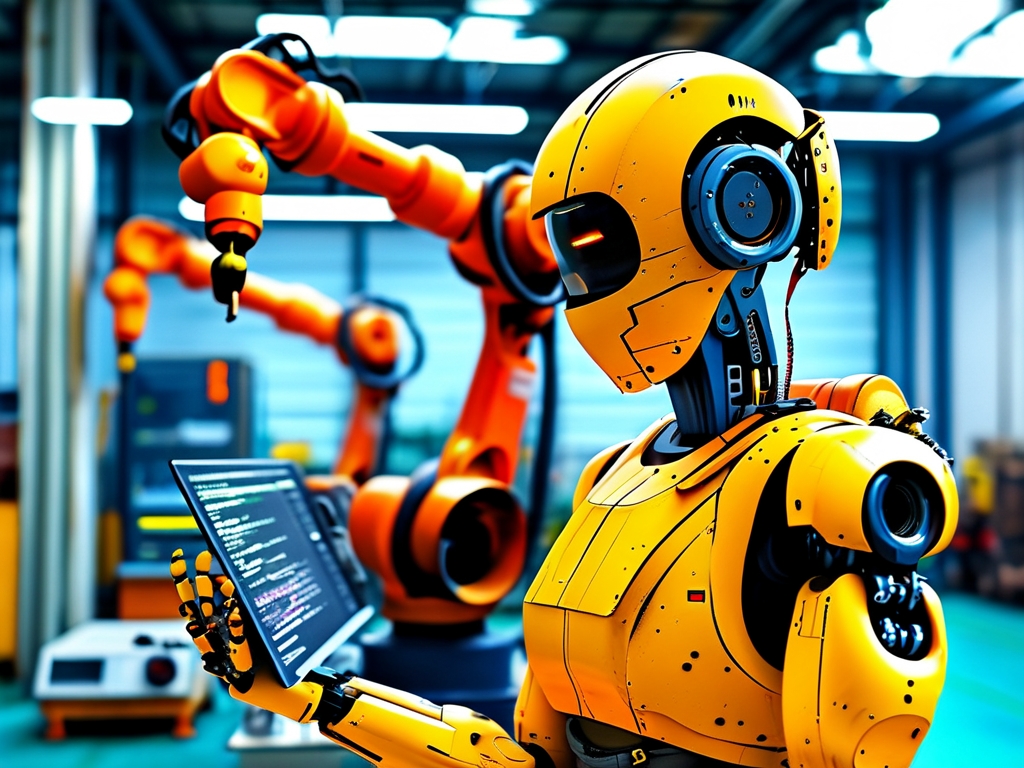The integration of autonomous inspection robots in industrial environments has become a cornerstone of modern manufacturing efficiency. These robots are designed to perform repetitive monitoring tasks, reduce human error, and enhance safety in hazardous areas. To ensure their effectiveness, specific technical criteria must be met during design, development, and deployment. This article explores the core requirements for factory inspection robots, emphasizing functionality, adaptability, and operational reliability.
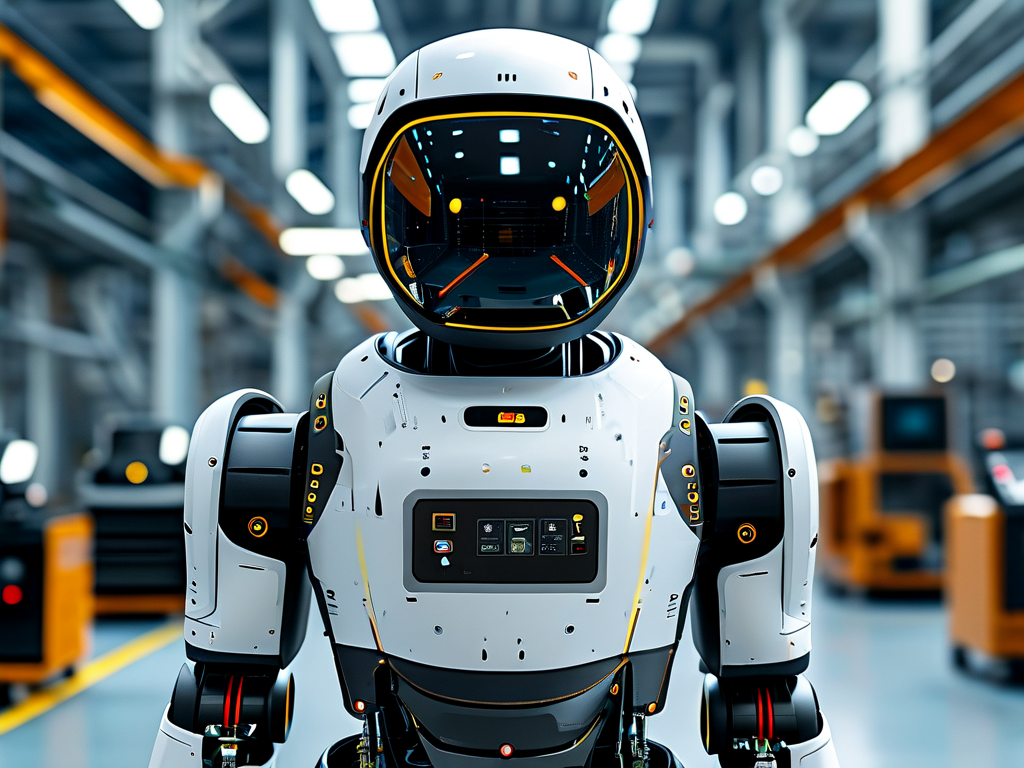
1. Sensor Integration and Data Accuracy
A foundational requirement for factory inspection robots is the integration of high-precision sensors. These devices must detect anomalies such as temperature fluctuations, vibrations, gas leaks, or equipment misalignments with minimal latency. Multispectral cameras, LiDAR, and ultrasonic sensors are commonly deployed to capture diverse data types. For example, thermal imaging cameras enable early detection of overheating machinery, while gas sensors identify hazardous leaks in chemical plants. Calibration protocols must ensure sensor accuracy across varying environmental conditions, including dust, humidity, and electromagnetic interference.
2. Navigation and Mobility Systems
Autonomous navigation is critical for robots operating in dynamic factory layouts. Simultaneous Localization and Mapping (SLAM) algorithms allow robots to create real-time maps and adjust paths around obstacles. Modular wheel or track designs are preferred for traversing uneven floors, stairs, or narrow aisles. In large facilities, hybrid locomotion systems—combining wheels for speed and legs for flexibility—may be necessary. Additionally, collision avoidance mechanisms using infrared or ultrasonic barriers prevent damage to both the robot and surrounding equipment.
3. Data Processing and Communication
Real-time data transmission and edge computing capabilities are essential for timely decision-making. Robots should process raw sensor data locally to reduce reliance on central servers, minimizing latency. For instance, edge-based machine learning models can classify equipment faults without cloud dependency. Secure Wi-Fi 6 or 5G networks ensure stable communication with control systems, while onboard storage buffers data during connectivity disruptions. Interoperability with existing Industrial IoT platforms, such as Siemens MindSphere or GE Predix, is also crucial for seamless integration.
4. Power Management and Endurance
Continuous operation demands robust energy solutions. Lithium-ion batteries with fast-charging capabilities are standard, but some scenarios may require hydrogen fuel cells for extended runtime. Power-saving modes activate during idle periods, and wireless charging stations enable autonomous recharging. A well-designed robot should operate for at least 8–12 hours per cycle, with battery health monitoring to predict failures.
5. Environmental Adaptability
Factories present diverse challenges, from extreme temperatures in foundries to corrosive atmospheres in chemical plants. Robots must adhere to IP67 or higher ingress protection ratings to resist dust and water. Materials like stainless steel or carbon fiber composites enhance durability, while conformal coatings protect electronic components from moisture and chemicals. In explosive environments, ATEX-certified designs prevent ignition risks.
6. Maintenance and Scalability
Modular architectures simplify component replacement and upgrades. For example, swappable sensor modules allow customization for different inspection tasks. Predictive maintenance algorithms analyze motor wear or battery degradation, scheduling repairs before failures occur. Scalability is equally vital; robotic fleets should be expandable via centralized management software, enabling coordinated task allocation across large facilities.
7. Regulatory Compliance and Safety
Adherence to standards such as ISO 10218 (industrial robot safety) and ISO 13849 (machine control systems) is non-negotiable. Emergency stop buttons, fail-safe brakes, and audible alarms ensure operator safety. Cybersecurity measures, including encrypted firmware and role-based access controls, protect against unauthorized tampering.
8. Cost-Effectiveness and ROI
While advanced features drive upfront costs, long-term ROI depends on reducing downtime and labor expenses. A well-optimized robot can cut inspection costs by 30–40% within two years. Lifecycle cost analyses should account for maintenance, training, and potential retrofitting needs.
In , factory inspection robots must balance technical sophistication with practical reliability. As AI and robotics evolve, future systems will likely incorporate swarm intelligence for collaborative inspections and quantum-resistant encryption for data security. Manufacturers investing in these technologies today will gain a competitive edge in operational efficiency and risk mitigation.


